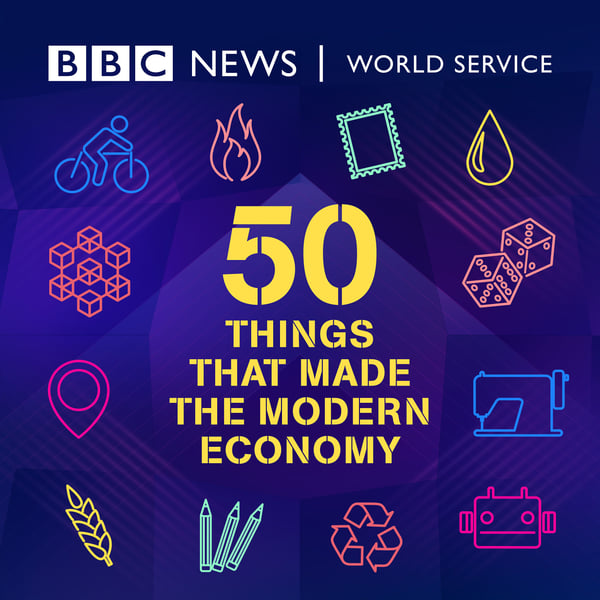CubeSat
50 Things That Made the Modern Economy
BBC
4.8 • 2.6K Ratings
🗓️ 8 July 2019
⏱️ 10 minutes
🧾️ Download transcript
Summary
Transcript
Click on a timestamp to play from that location
| 0:00.0 | There's a beloved story about the dimensions of the space shuttle. Apparently the booster |
| 0:21.6 | rockets had to fit through railway tunnels, a railway whose gauge went back to the days |
| 0:27.1 | of a horse and cart. In short, the space shuttle boosters were the width of two horses' |
| 0:34.2 | back sides. That tail is probably apocryphal, but a similar and quite true story can be told |
| 0:42.2 | about the new poster child of the space industry. Its dimensions were determined by the size |
| 0:48.2 | of a beanie baby, a stuffed toy. Beanie babies were all the rage in 1999 at a time when |
| 1:02.9 | Stanford University professor Bob Twig's was teaching his graduate students to design satellites. |
| 1:09.1 | Back then satellites were big. For example, the Artemis telecommunications satellite launched in |
| 1:18.6 | 2001 weighed more than three tons, was eight meters tall and each of its two solar panels was as long |
| 1:27.0 | as a bus. With that much space and weight to play with, the temptation was to pack more and more |
| 1:33.5 | gear into the satellite, making it more and more expensive. Not to mention an encouragement |
| 1:40.1 | to lazy thinking. If you've got lots of room to put everything in, says Twig's, he end up not |
| 1:46.8 | being too careful with it. So he and his colleague decided that the students needed a constraint. |
| 1:55.2 | Twig's went to the local store where he spotted a beanie baby, neatly packed in its box. |
| 2:03.1 | He went back to class, placed the beanie baby box on the desk and told his students, |
| 2:08.8 | your satellite needs to be able to fit in this box. |
| 2:16.2 | As modern smartphones have revolutionized the quality and power of small off-the-shelf components, |
| 2:22.9 | this educational challenge has evolved into a practical standard for tiny satellites. |
| 2:29.3 | The CubeSat. CubeSat is a slight misnomer, the unit is 10 centimeters by 10 centimeters by 11.35 |
| 2:38.5 | centimeters, and many CubeSats have several units big, but still about the size of a shoebox, |
| 2:45.5 | kilograms, rather than tons. Most CubeSats are designed to take photographs and other images of |
| 2:53.2 | our planet from above. The basic ingredients, a smartphone processor, solar panels, a camera, |
... |
Please login to see the full transcript.
Disclaimer: The podcast and artwork embedded on this page are from BBC, and are the property of its owner and not affiliated with or endorsed by Tapesearch.
Generated transcripts are the property of BBC and are distributed freely under the Fair Use doctrine. Transcripts generated by Tapesearch are not guaranteed to be accurate.
Copyright © Tapesearch 2025.

